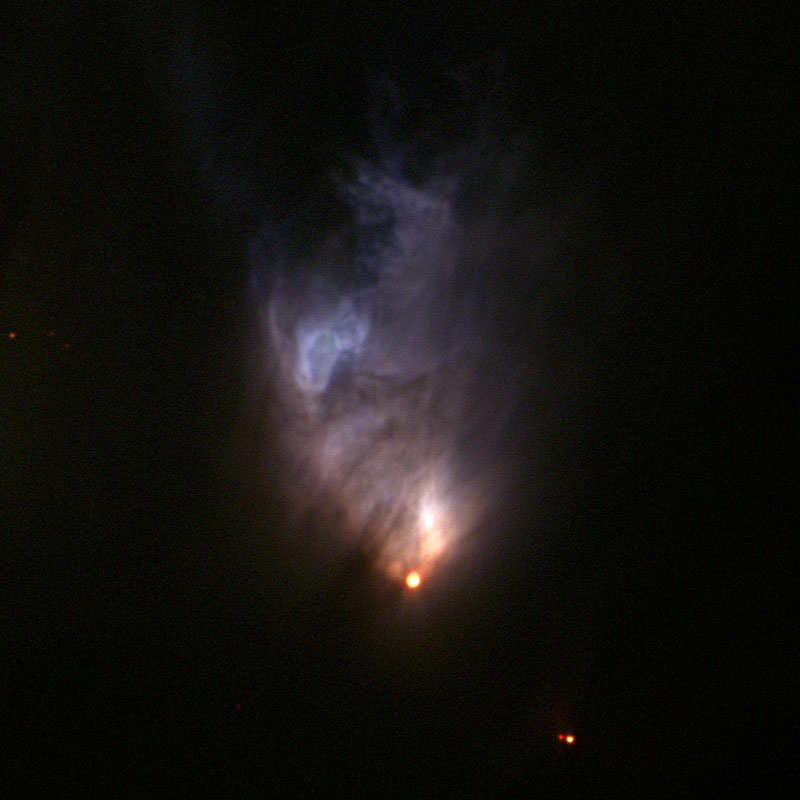Eyes vs. Telescopes - Different Ways of Seeing
People often wonder if astronomical images show an object “as it really looks,” that is, as it would appear to their eyes. Note that telescopes not only magnify distant objects, they also collect much more light than your eyes. Most astronomical objects would be too faint for you to see, even if you were much closer to them than you are on Earth.
Furthermore, telescope images are often made by using light with wavelengths that your eyes can’t see. For instance, an ultraviolet filter transmits light with wavelengths too short, and energies too high, for our eyes to see. Likewise, infrared filters transmit light with wavelengths too long and energies too low for our eyes to see. Each type of light reveals different information about the objects in space, so observing light over all these wavelengths allows us to learn more. In a sense, telescopes give us superhuman vision. Indeed, that’s the reason we build them!

Please answer all questions before continuing to the next page.
